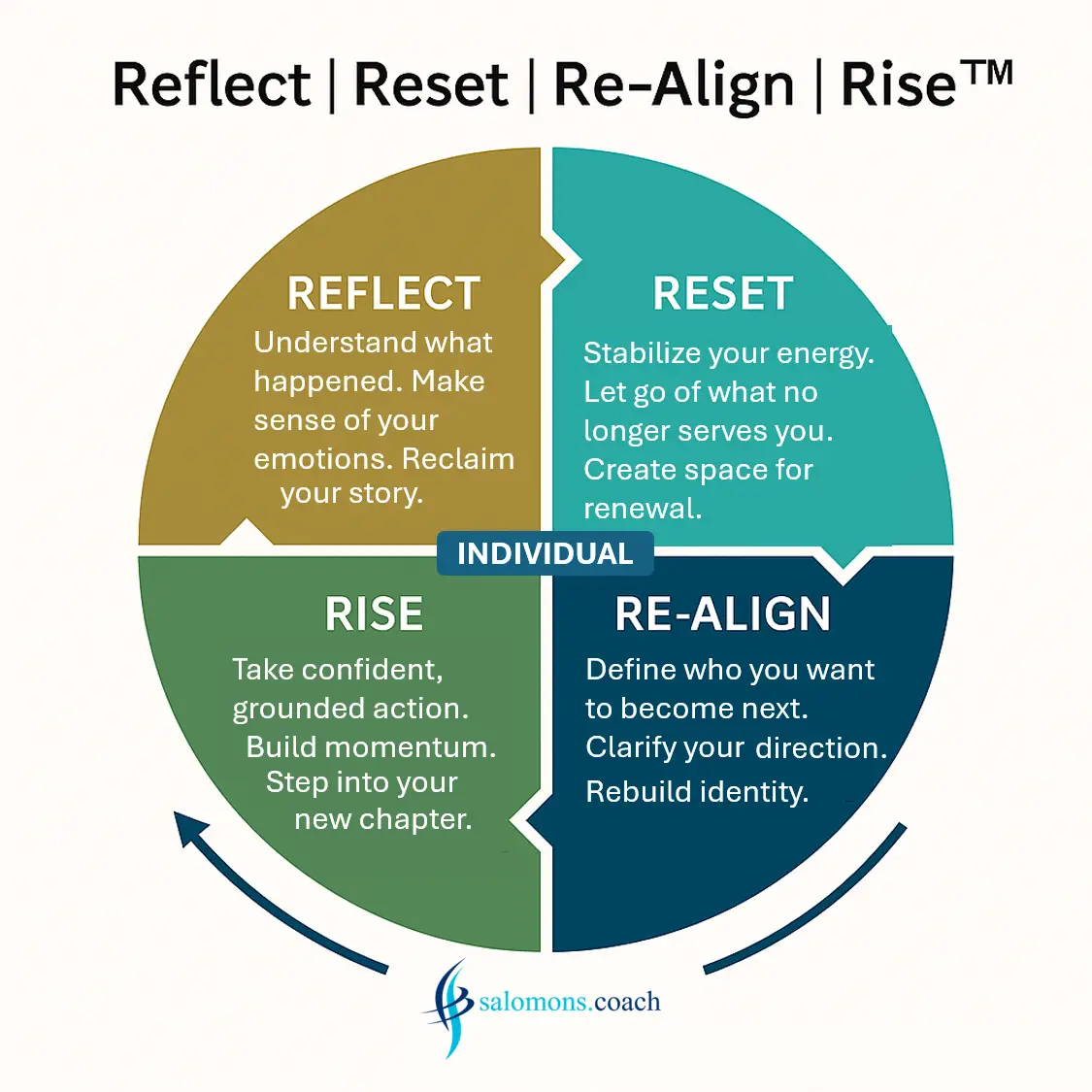Leadership is a behavior, not a role

Why organizations fail when leaders don’t lead
For more than 35 years, I’ve worked as and with executives and leadership teams across the world — in logistics, high-tech manufacturing, public transport, and global corporate environments. And there is one truth I have seen everywhere:
Leadership has nothing to do with job titles. Leadership is behavior.
The biggest gaps inside organizations rarely come from strategy, systems, or even complexity.
They come from leaders who hold a leadership role, but do not behave as leaders.
And when leadership behavior fails, everything underneath it starts to crack: collaboration, culture, execution, performance, accountability, safety, trust, and ultimately… business results.
The good news? Leadership behavior can be developed — fast, deliberately, and sustainably.
The bad news? Many leaders avoid the behaviors that matter most.
This article is about what distinguishes leaders who excel from leaders who derail — not because of intelligence or skill, but because of how they show up every day.
The myth: leadership comes with rank
It doesn’t. I am sure you have witnessed this already several times:
- A CEO can behave like a manager.
- A team leader can behave like an executive.
- A specialist can behave like a leader for the whole team.
I’ve coached leaders who were brilliant on paper, strong CV, global experience, impressive responsibility, but struggled in practice because their behavior didn’t match the weight of their role. If I look in the mirror, I can only say I also learned this the hard way, also because this is how behavior is learned. You fall, reflect, decide and rise!
Leadership is not granted by hierarchy. Leadership is earned through courage, consistency, and accountability.
The reality: behavior drives everything
In every organization I’ve worked with, both national and international, the same behavioral patterns determine success or failure. This is what I observed and learned:
- Leaders who listen → teams speak up. Leaders who dominate conversations create silence. Leaders who listen create innovation.
- Leaders who decide → teams execute. Hesitation at the top creates paralysis below.
- Leaders who collaborate → silos disappear. Executives who protect their own domain create fragmentation and friction.
- Leaders who address conflict → trust grows. Avoidance kills psychological safety. Constructive conflict builds it.
- Leaders who are predictable → teams become stable. Your team’s emotional climate mirrors your consistency.
When leaders demonstrate these behaviors, organizational performance accelerates, reliability improves, cross-functional cooperation strengthens, operational issues reduce, and engagement rises. When they don’t, everything slows down. This becomes organizational culture if not changed.
The hard truth most executives learn too late
First of all, it’s never tool late! And also remember this: in moments of pressure, people do not follow strategy documents, KPIs, or transformation plans. They follow the behavior of their leaders and often fall back to (old) behavior they’ve used before.
Not once have I observed a struggling organization where the leadership team was aligned, accountable, disciplined, team-oriented, and consistent. And not once have I seen a high-performing organization where leaders were divided, unclear, or avoiding responsibility.
Behavior is not a soft topic. Behavior is the operating system of your company. It’s the hard stuf that makes the difference!
If you want a different culture, change your leadership behavior
Culture is not changed by posters, intranet articles, or slogans. Culture is changed:
- in the meeting where you hold someone accountable
- in the moment you allow or challenge avoidance
- in the way you handle escalation
- in how you involve people in decisions
- in the consistency of your own leadership habits
- in your willingness to listen, admit mistakes, and reset
Culture is a reflection of leadership behavior — not a communication product.
The most high-impact leaders do five things differently
After coaching many executives and working in various senior leadership roles myself, these are the five behaviors that consistently separate high-impact leaders from the rest:
- They show courage when it matters. Research, experience, and instinct guide them, but courage delivers decisions.
- They create safety, even during pressure. People speak up because leaders make it safe, not because the topic is easy.
- They role-model accountability. They own what goes wrong, not just what goes well.
- They choose alignment over ego. They put the team above their personal domain.
- They are consistent. Predictability is their leadership superpower.
Leadership behavior is a daily practice — not a leadership day
True leadership shows up in:
- the way you open a meeting
- your reaction to a crisis
- how you respond to bad news
- the tone you set in conversations
- whether you confront or avoid
- the clarity of your expectations
- the consistency of your follow-through
Leadership is not what you do once in a workshop. Leadership is who you choose to be every day.
My promise as an executive coach
I coach leaders and leadership teams to turn strategy into behavior, behavior into culture, and culture into improved performance. Not with models. Not with theory. But by working directly with leadership behavior:
- deep coaching
- real conversations
- team alignment
- decision-making discipline
- conflict resolution
- psychological safety
- leadership operating rhythms
- accountability systems
- cross-functional collaboration
- and performance impact
Because great leadership is defined by behavior, courage, and consistency — not by hierarchy.
And organizations that understand this outperform those that don’t.
If you are interested in exploring working together, just let me know. The button below will provide all possible ways to contact me.




